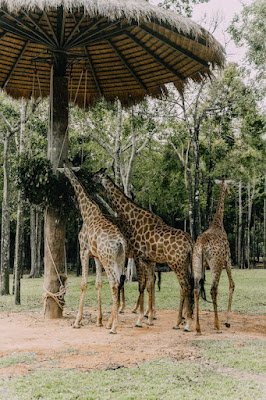In the past, menageries were often associated with the display of exotic and rare animals from distant lands, brought back by explorers and traders. These collections were seen as a symbol of power, wealth, and knowledge of the world.
Menageries were prevalent in ancient civilizations, including Egypt, Greece, and Rome. They continued to be popular during the Middle Ages and the Renaissance, where they were part of royal courts and housed in palace gardens.
During the 18th and 19th centuries, menageries evolved into more structured and educational zoological gardens. These early zoos aimed to provide the public with an opportunity to observe and learn about animals from around the world. Over time, zoos shifted their focus toward animal welfare, conservation, and education, moving away from the display of animals solely for entertainment.
Today, modern zoos and wildlife parks continue the tradition of providing a safe environment for the care and study of wild animals. They play a vital role in wildlife conservation, breeding endangered species, conducting research, and educating the public about the importance of biodiversity and conservation efforts.
In summary, a menagerie is a historical term for a collection of wild animals, often exhibited for public display and entertainment. While the concept of menageries has evolved over time, the underlying goal of preserving and showcasing the wonders of the animal kingdom persists in modern zoological institutions.


No comments:
Post a Comment
Contact The Wizard!
(he/him)